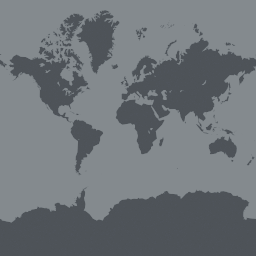Zimbabwean forests and woodlands are rich in biodiversity, supplying both timber and non-timber forest products (NTFPs) for subsistence and commercial gains. NTFPs constitute more than 35 per cent of household incomes in Zimbabwe, supplying not only food, but also material for medicine, construction, livestock feed, and sustaining environmental and cultural values.
Biodiversity data in Zimbabwe is either scattered across several databases or resides in non-digital formats that don't allow interactive searching. This leaves policy makers and other development agents working on NTFPs in biodiversity hotspots without access to relevant and reliable biodiversity data to aid in decision making. Although the National Herbarium and Botanic Gardens (NHBC) has archives of biodiversity information, these are mainly made up of un-digitized herbarium specimens not easily accessible for key decision making and research.
In this project, a team led by the Bindura University of Science Education will work with the Forestry Commission as the custodians of forest resources to create databases of NTFPs species used for food and medicinal purposes in Zimbabwe. With focus on and in collaboration with NHBC, the combined team will target NTFPs collection specimens to digitize, clean and publish to GBIF.org.
The mobilization of data on NTFPs species in this project will facilitate easy access for evidence-based policy formulation, management plans and decision-making, putting the project square in line with the Zimbabwe Agenda for Socio-Economic transformation (ZIMASSET) and UN Sustainable Development Goal (SDG) 15.
Project Progress
To date, the project has completed an initiation workshop for key stakeholders held in Bindura in March and has set out to register partners and collect data. The workshop brought together experts from Government of Zimbabwe, Academia, Research, Non-Governmental organisations, Community representatives, herbalists and other organizations working in the field of forestry and natural resources with the aim to consolidate the lists of priority NTFPs species (Food and medicinal) from representative communities in and around the five biodiversity hotspots and to identify additional information holding institutions and develop a plan of action. As part of the programme, two datasets for both food and medicinal plants in biodiversity hotspots have been published on GBIF.org. The project will now seek to finalise data collection and database uploading and training will be given to stakeholders to improve data access.
As a part of the project, a GBIF Node was established in Zimbabwe, represented by Bindura University. The project has delivered 4 datasets with a total of 6350 records, and the last data uploading will be finalized and completed by the Node. Project members have actively been participating in the National Biodiversity Forum. In October 2018, a lecturer was given on accessing data at a National Biodiversity Forum meeting where project stakeholders attended. In January 2019, BUSE organized a stakeholder workshop with 18 participants.
The project wrote a scientific journal article on wild food and medicinal plants that is under review.



